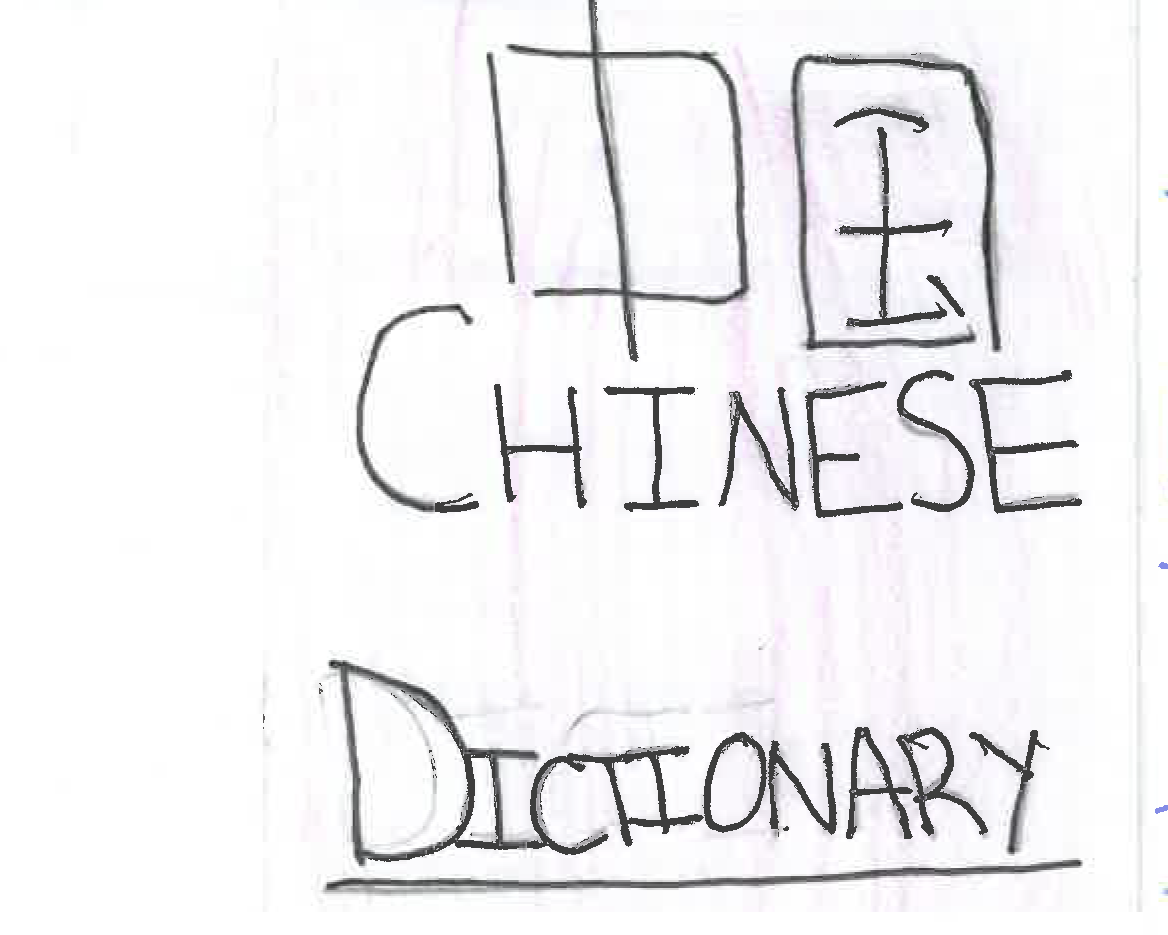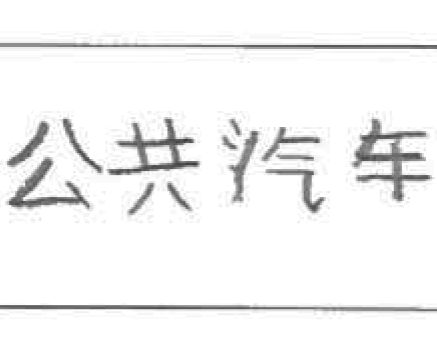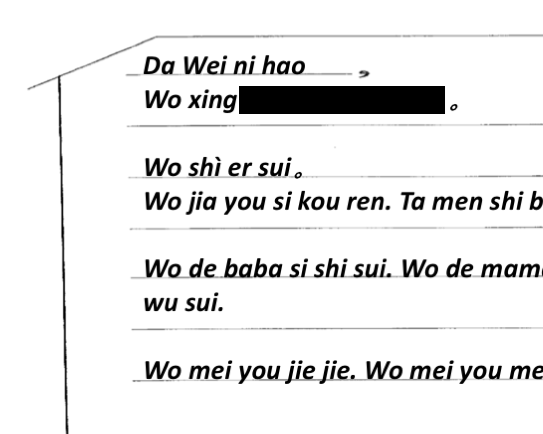By the end of Year 6, students use spoken and written Chinese to initiate and maintain interactions. They describe and give information about themselves and their preferences, their environment, experiences and interests, for example, 我很喜欢唱歌。我的学校很漂亮。我觉得澳大利亚是很好的国家. They use simple questions (for example, 请问… ? 你是哪国人?你会说汉语吗?) and seek clarification, for example, … 对吗? They access information from a range of print and digital resources (for example, 课文,菜单,宣传单,图样,地图,课程表, 日历,行程表, 天气预报) and summarise key points in order to inform others and organise activities, for example, 我们这个星期六去打球, 好吗? They engage with a range of imaginative texts. They use intonation and stress to engage audiences and participants. They translate everyday expressions (for example,好久不见 or 不谢) and use context to assist with interpretation. They produce short informative and imaginative texts. Sentences include details of time (for example, 八点,十二月二日,星期五), place (for example, 在澳大利亚,在墨尔本,在家) and participants, for example, 我的朋友, 小明的哥哥. They use prepositions and possessive clauses, including 的. They use a range of verbs, including verbs of identification and existence (是), and some modal verbs (喜欢 、 会) to express interest or ability; they negate with 不 or 没. They use simple connectives such as 和 and conjunctions to connect ideas.
Students explain the nature of tone-syllables, for example the role of tones in meaning making. They recognise the features of the Chinese writing system and apply their knowledge of the formation of characters in their own writing. They use Pinyin to transcribe spoken language. They identify how the relationships of participants and context affect interactions. They identify the features of familiar text types in Chinese and use these features to assist in interpreting meaning. They recognise that variations exist within the Chinese spoken and written language, and identify examples of this, particularly within their own community. They recognise and describe features of Chinese culture reflected in communication practices, and apply this knowledge to their own interactions with Chinese people.



